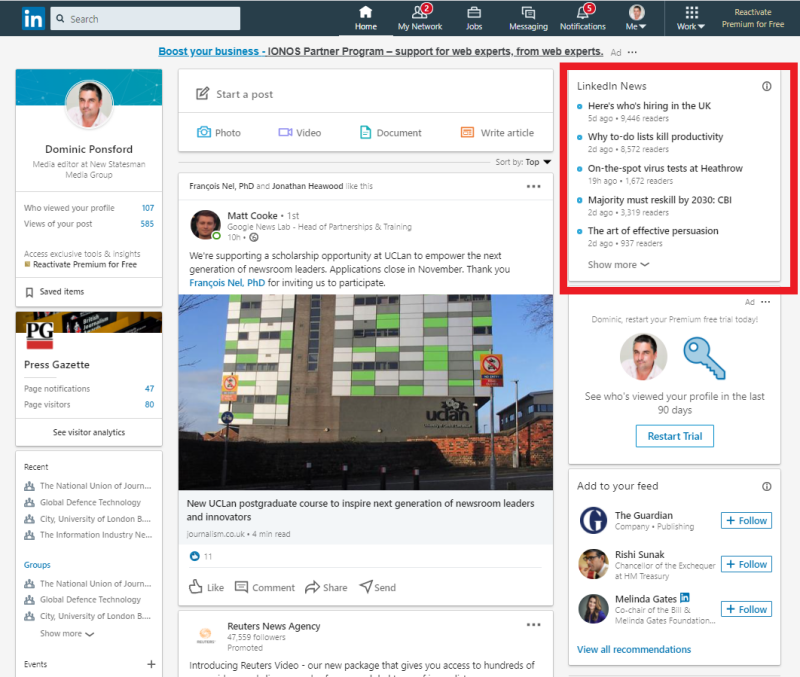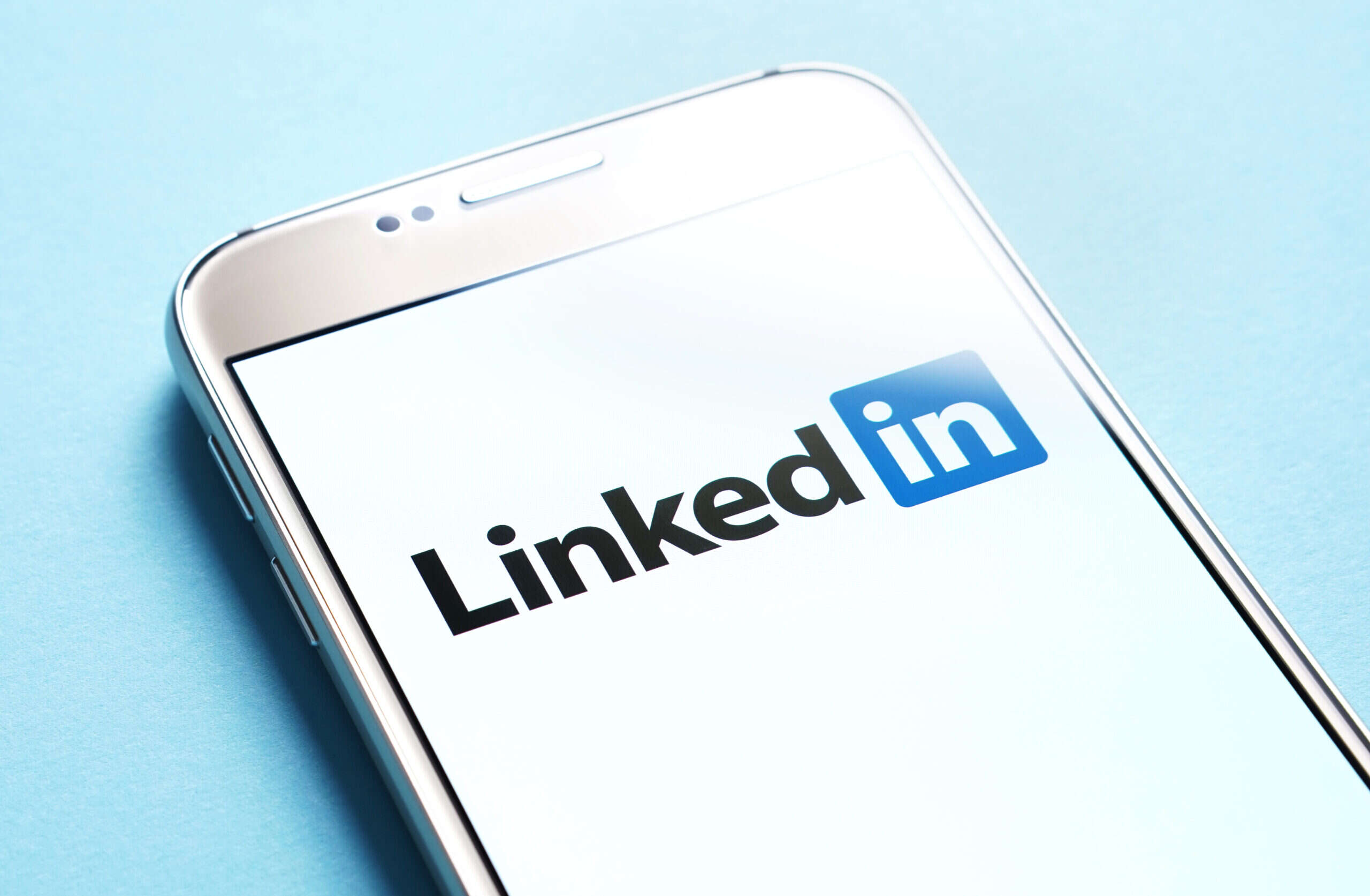
Professional social network LinkedIn has more than 700m users – known as members – including 29m in the UK alone. More than 2m posts, videos and articles go through its social feed every day.
While most of us have a profile on LinkedIn, we perhaps aren’t aware that the platform also runs a news operation.
LinkedIn News is unlike other platforms in that while newsbrands do have their own curated pages and can post articles, there is no direct financial incentive, no slim cut of the ad revenue, to entice them.
Rather a team of editors works to amplify content and engage industry leaders on relevant trending topics. If LinkedIn is a network of experts, LinkedIn News takes this and uses it as a resource – much as a journalist would use on-the-record sources – to inform others.
As part of our Platform Profiles series, Press Gazette takes an in-depth look at LinkedIn News. We examine the pros and cons of the platform for publishers. (See also: Apple News).
The Basics
LinkedIn officially launched in 2003 and was bought by Microsoft for $26.2bn five years ago. LinkedIn News was set up nearly ten years ago and has been headed up by editor Daniel Roth since its launch.
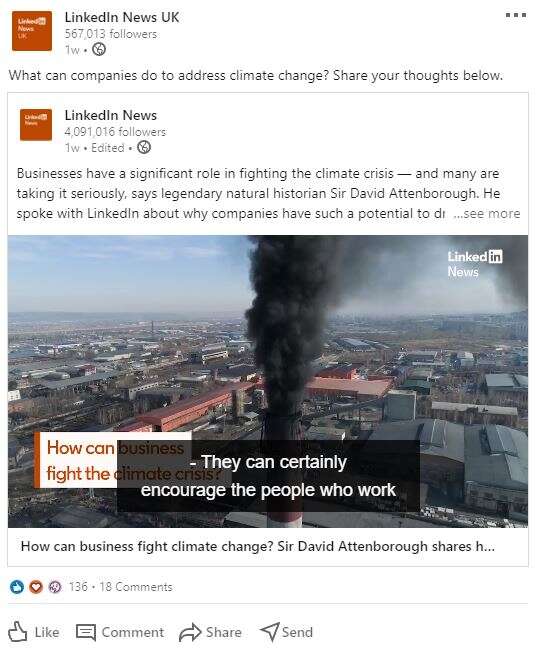
The news team carry out interviews and curate top stories spotlighting insights from its users. It also produces a newsletter, the Daily Rundown, which is sent to more than 46m users.
LinkedIn says it enjoyed a 221% increase in newsletter subscribers between October 2019 and March 2020, while articles and posts are up 60%.
As of this month, LinkedIn news has launched Stories, which allows users to share photos and short videos, of up to 20 seconds in length, which can be personalised with text and stickers.
LinkedIn News appears in the top right of users’ LinkedIn pages:
It also has its own curated homepage:
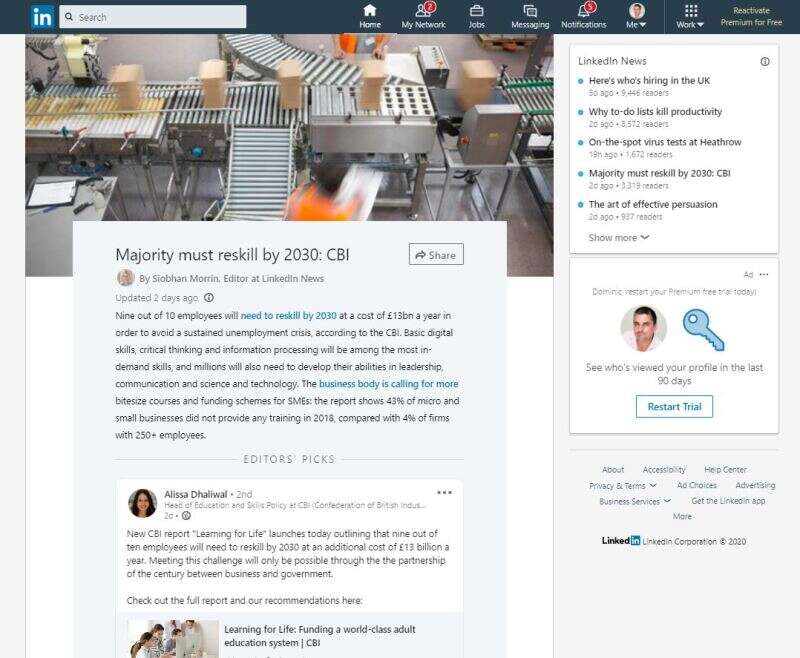
How it works
LinkedIn users create profile pages, sharing details about their professional background and previous and current job roles. They can connect with colleagues and peers, post their own content on the main feed and share and engage with content posted by others.
LinkedIn News is staffed by a team of more than 75 editors – almost all from business journalism backgrounds – working across 15 countries who “create, curate and cultivate content”.
“Our mission is to give professionals the news and views they need to talk about the things that matter,” Roth told Press Gazette. “Success for us is not just getting people to see this information, but to share back their thoughts.”
Roth, a seasoned business journalist who worked at Forbes, Wired and spent several years at Fortune Magazine before joining LinkedIn, is currently editor-in-chief and vice president of LinkedIn News.
Explaining LinkedIn News’ model, he said: “The way I think about it is in my past life, when I would do big stories, I would do 100 interviews for an article and I would quote three people in the end.
“We want to flip that around – we want to go and ask 100 people to talk and get 100 answers on the platform and then we can take the best of those and put them into a package and put it in front of people to get them talking more.”
Roth added: “The [role of the] LinkedIn news team is to get people talking, but we are not a breaking news site, we are not doing big, investigative stories.
“We are here to give people this information that will help them navigate the professional world and share their own unique perspectives on it, but what starts those conversations can either come from us doing original content, but 90-95% of the time it’s going to come from publishers. And that’s great, that’s exactly how it should work.
“Our view is that this is a hand in hand combination. We cannot achieve what we want to achieve without publishers and without journalists doing the great work that they do.
“Our role as LinkedIn editors is to make sure that those headlines are reaching the right people and getting people talking… If publishers are succeeding on LinkedIn, that is a win for us.”
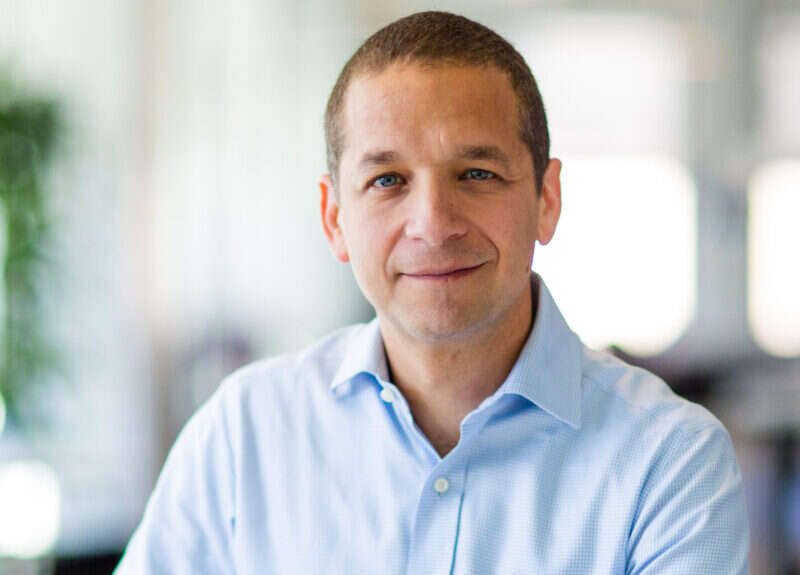
Daniel Roth, LinkedIn News editor-in-chief. Picture: LinkedIn
Show me the money
There’s nothing to see here for publishers in terms of direct financial incentives. LinkedIn doesn’t offer any kind of revenue share deal for publishers who might want to share their content on the platform.
LinkedIn makes money through recruitment, B2B advertising, and its premium paid-for service, which gives users additional perks, but it says news does not drive any of the revenue. Publishers may dispute this claim and say that if news content is driving traffic to LinkedIn, this will help its revenue streams, even if indirectly.
“As long as we’re getting people to come there and share their ideas, or share their insights, that helps the entire business,” said Roth.
What LinkedIn News can do is offer a way to drive traffic back to stories and boost engagement and conversations around topics, helping brands build a community of followers who they can then convert to subscribers.
Roth describes LinkedIn News as having an “editor-to-editor relationship”. This involves the team working with editors at publications – his team is in regular contact with editors at the New York Times for example – “to make sure they understand what’s trending on LinkedIn”.
This works both ways, with editors also telling the LinkedIn News editors what’s trending on their sites and then, Roth said, “we help them build posts or articles on LinkedIn that will help them generate conversations or community around their content”.
As more people engage with a topic on the platform it becomes a trending news item, which can reach relevant industry professionals and those with set skills or interests. Not only can this help journalists find credible and relevant sources, but also in developing a community.
“What we find on LinkedIn is that people follow people,” said Roth. “So if you can get reporters to build up big personalities on LinkedIn, those people will follow them anywhere and they want to hear more from them – so then they become subscribers to the publication”.
Beyond that, publishers get the same information that companies or individuals do for their own pages. This includes how many followers they get each day, what country those followers are coming from, what industry they’re in, and insight into the top companies that follow them.
For content posted on LinkedIn, publishers are told how many people read their post, who read it, where they’re based, what industries they’re in, what level of seniority they have and what companies they have worked at.
Roth said what LinkedIn News can do for publishers is get their content in front of the right audience. “It’s a mindset shift for publishers because it means thinking about who is the audience for each individual piece versus are my numbers going up to the right level?’” he said.
LinkedIn News also reaches out to users to encourage them to speak on a trending business topic that is in their field of expertise.
“Our jobs as editors is to make sure that we are getting all of that information out of people’s heads, trying to get them to share it so they can learn from each other and get smarter,” said Roth.
The pros
What separates LinkedIn from other social networks is its focus on professionals. “It’s not politics, it’s not personal and it tends to be people sharing their knowledge,” said Roth.
All this means the information shared “doesn’t engender the same kind of vitriol that you see elsewhere” on other social networks, which are constantly combating personal threats and fake news.
“People tend to talk on LinkedIn the way they talk in the office,” said Roth. This is something that has only grown during the pandemic lockdown as offices close and work life shifts online.
During the coronavirus lockdown, with many employees now working from home, the platform has seen a 55% year-on-year increase in conversations among connected users and a 60% rise in content creation as people rely on online networks to keep in touch with each other.
All of LinkedIn’s users are professionals who share data about themselves, making it easier to reach a credible and knowable audience.
The cons
Aside from not having a revenue-sharing model, LinkedIn News still falls behind other social networks as a place to find news. Journalists instinctively look to Twitter to share their news and Facebook is making changes to its platform to further support news content.
What’s more, LinkedIn News does not strive to keep its users constantly engaged throughout the day. “Because we’re a professional social network, success for us is not keeping people on LinkedIn all day,” said Roth.
“These are people who have jobs. You’re using LinkedIn, presumably because you’re working or want to be working and if you’re spending all day on LinkedIn, you’re probably not actually doing your job.
“We only succeed if we help people achieve what they want to achieve in their professional lives,” he added. ” Our goal is not to trap people online.”
The verdict
LinkedIn and LinkedIn News provide a platform for publications to put their content in front of exactly the right audience for it. B2B publishers in particular can target relevant industry professionals.
There’s room here for journalists to do more in offering up insight and analysis around business news items and build followers who will click through to websites and might even become subscribers.
As Roth said: “I want us to be the most valuable platform for business publications, that they see us as being not only the place where they find their readers and talk to their readers, but drive economic benefit back to what they’re doing so that they can keep doing [it].”
LinkedIn is perhaps underused by publishers. The LinkedIn News service works as an additional support for publishers, highlighting great content.
While Twitter and Facebook posts might reach a larger general audience, publishers can find a niche but more relevant audience on LinkedIn, not least because its users are identifiable – there’s huge benefit in knowing who you are speaking to.
In terms of growing reputation and following, LinkedIn offers another channel for publishers. But when it comes to financial incentives, there are none beyond what publishers can make of it themselves.
Picture: Shutterstock
Email pged@pressgazette.co.uk to point out mistakes, provide story tips or send in a letter for publication on our "Letters Page" blog

